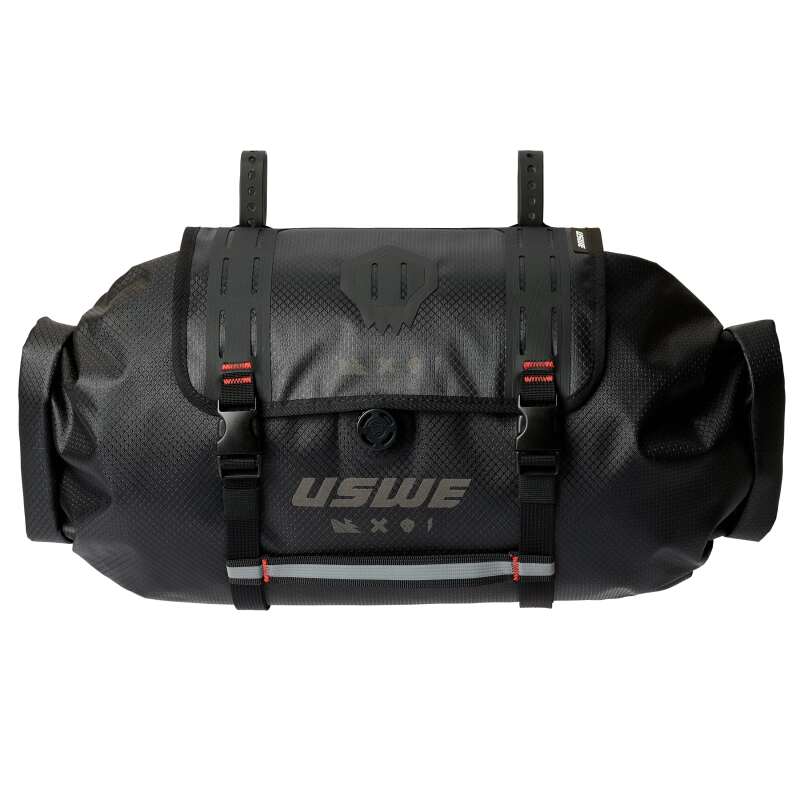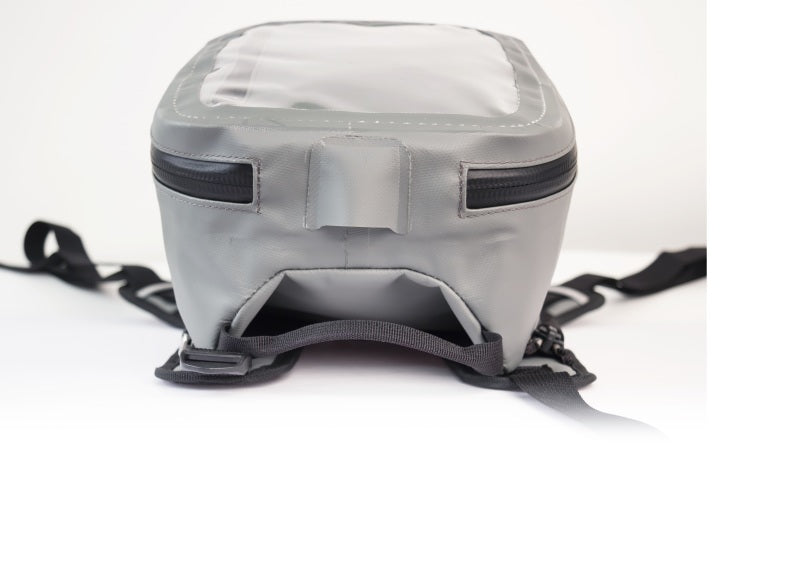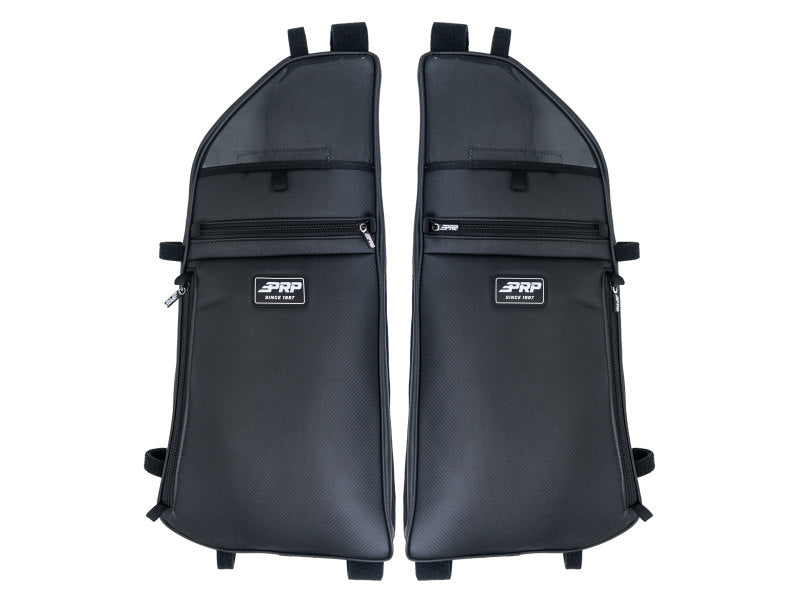Suspension arm bushings are the flexible connectors that join your car’s control arms to its frame. Think of them as rubber or plastic cushions that let parts move smoothly while soaking up bumps from the road. These parts keep your wheels lined up correctly, help your car stay stable, and stop your tires from wearing out too fast. Bushings work like shock absorbers, protecting other parts from damage and making sure your car handles well. If these bushings get worn out, you might notice loose steering, your car leaning too much in turns, and unsafe handling on the road. Checking and fixing these parts regularly is key to keeping your car running at its best.
Key Takeaways
-
Suspension arm bushings act as flexible cushions between control arms and frame, allowing controlled movement while maintaining wheel alignment.
-
They absorb road vibrations and impacts, significantly improving ride comfort and reducing wear on other suspension components.
-
Properly functioning bushings ensure precise steering response and stability, especially during cornering and emergency maneuvers.
-
Bushings prevent metal-to-metal contact in suspension components, reducing noise and protecting expensive parts from premature wear.
-
Different bushing materials offer varying performance benefits, from rubber’s comfort to polyurethane’s durability and steel’s strength.
Understanding Control Arm Bushings
Control arm bushings are vital parts that connect your car’s control arms to its frame. Think of them as flexible cushions that help your suspension work smoothly.
These parts soak up bumps from the road and keep your ride steady by letting suspension parts move the right way. Made from rubber or tough plastic wrapped around metal, these bushings bend and flex while keeping your wheels lined up properly. Professional suspension upgrades can significantly improve your vehicle’s handling and performance.
They cut down on unwanted shaking and rattling that could reach the inside of your car, making your drive more comfortable. They also shield other suspension parts from damage and help your car handle well on the road, keeping you safe and in control. Good bushings ensure proper wheel alignment to prevent uneven tire wear.
Signs of Failing Bushings
When suspension arm bushings start to fail, catching the problem early helps avoid bigger car troubles later.
Bad bushings show clear warning signs that affect how your car drives and how safe it is. You might hear banging or knocking noises when driving over bumps, and your car might feel loose or sloppy when steering. Using premium polyurethane material can significantly extend the life of your bushings.
Building a reliable engine requires quality components, so the same attention should be given to suspension parts.
Common signs include:
-
Banging or squeaking sounds, especially during turns or on rough roads
-
Loose steering and more car lean when going around corners
-
Tires wearing out unevenly or too quickly
-
Strong shaking when braking and a less stable-feeling car
Don’t ignore these warning signs - bad bushings can damage other parts of your suspension and make your car unsafe to drive.
Getting your bushings checked regularly and replacing worn ones right away keeps your car’s suspension working well and handling properly.
Impact on Vehicle Safety
Worn suspension arm bushings create serious safety risks that spread to many parts of the car. Bad bushings make the car harder to control, with slower steering response and poor handling that raises the chance of crashes.
Uneven tire wear becomes a major issue when control arm bushings deteriorate.
As bushings wear out, the car becomes less safe, showing signs like shaky movement and worse braking.
These safety problems show up in clear ways: steering becomes less accurate, the car takes longer to stop, and drivers might lose control, especially during quick moves to avoid danger.
The problems get worse because worn bushings can’t soak up bumps and shakes from the road, which throws off the whole suspension system.
Getting bushings checked by experts and replaced when needed is key to keeping the car safe and stopping other suspension parts from wearing out too fast. Proper maintenance ensures superior stopping power and reliable braking performance in emergency situations.
Bushing Materials and Types
Bushings in suspension arms can be made from different materials, each with its own strengths and weaknesses.
Just like engine oil quality, proper bushing maintenance keeps your vehicle running optimally.
How these bushings are made changes based on what they’re made of, which affects how well they work and how long they last.
Rubber bushings, found in most cars, are great at soaking up shakes and bumps but can break down from weather and chemicals. The durometer rating of bushings determines how much vibration they absorb versus how much handling precision they provide.
Polyurethane bushings last longer and stand up better to chemicals, while metal bushings give the most exact fit for high-performance needs.
-
Rubber bushings soak up vibrations well and don’t cost much, but need checking often for wear
-
Polyurethane fights off chemicals better and lasts longer, but makes the ride slightly harder
-
Metal bushings give the most precise fit but need regular oiling and make the ride less smooth
-
Special types like Delrin parts and needle bearings are used mainly in race cars for specific needs
Common Wear Patterns
The way bushings wear out in suspension arms shows clear signs that help spot problems before they get serious. One of the best warning signs is when tires wear down unevenly because worn bushings throw off the wheel alignment.
|
Wear Pattern |
Main Sign |
How to Check |
|
Control Arm |
Wobbly steering |
Look at it closely |
|
Trailing Arm |
Tire wears on inside |
Check alignment |
|
Body Roll |
Poor turning |
Push with crowbar |
You can feel these problems when driving - the car leans too much in turns and doesn’t steer as sharply as it should. Looking at the bushings, you might see cracks or parts that aren’t round anymore. Mechanics check for loose control arms and measure the alignment to figure out how badly the bushings are worn.
Performance Benefits of Quality Bushings
Quality bushings make a big difference in how your car drives and handles. When old bushings wear out, putting in better ones leads to clear improvements in how the car moves and feels on the road.
Good bushings make turns smoother, cut down on shaking, and help spread weight evenly across your car’s suspension. While rubber bushings work fine, ones made from polyurethane last longer and stand up better to heat and cold - often working well for as long as you own the car.
Your car will:
-
Handle turns better with less leaning and better wheel control
-
Keep parts working longer by reducing wear and tear
-
Stay steady at both high and low speeds
-
Work well in all types of weather and road surfaces
Since bushings play such a key role in how your car drives and holds up over time, it’s worth getting good ones.
Check them regularly and replace them when needed to keep your car driving at its best.
When to Replace Bushings
Bushings typically need replacing around 100,000 miles, though this can change based on how you drive and care for your car. For detailed information about suspension maintenance, check out our guide on suspension tuning 101.
How long bushings last depends heavily on the roads you drive on, your driving style, and weather conditions, so it’s important to check them regularly to keep your car running well. Learn more about environmental factors in our article about common suspension problems in winter and how to avoid them.
You’ll know it’s time for new bushings when your tires wear unevenly, you feel extra shaking in your steering wheel or seats, or you hear knocking sounds while driving.
Get your car checked by a mechanic when you notice these warning signs, especially if your car doesn’t handle well or keeps having alignment problems.
Take time to look at your bushings for rips, cracks, or wear, and use a pry bar to test if they move more than 1/8 inch.
Regular checks help you spot problems early, before they affect how safely your car drives.
Professional Installation Versus DIY
When your car needs new suspension arm bushings, you’ll need to choose between getting them done by a mechanic or doing it yourself. Taking it to a shop has clear benefits - they know exactly what they’re doing, have the right tools, and back up their work with guarantees. While it costs more, you get peace of mind.
Fixing it yourself might save money at first but comes with its own challenges.
Think about these points before deciding:
-
Mechanics have special testing tools and know your car’s specific needs
-
Doing it yourself takes lots of time and requires tools you might not have
-
Shops give you warranties that cover both the parts and their work
-
If you make a mistake doing it yourself, you could face big repair bills and safety problems
Because bushings are tricky to replace and need careful testing and the right materials, letting a professional handle it is usually smarter, even if it costs more upfront.
Preventative Maintenance Tips
Taking care of suspension arm bushings helps keep your car safe and running smoothly. Check the rubber parts often for signs of damage like splits, cracks, or wearing out.
Watch for warning signs such as uneven wear on your tires, shaking in your steering wheel, and odd noises from your suspension.
Most cars need bushing checks between 50,000 and 70,000 miles, but this changes based on how and where you drive.
Pay attention to warning signs like knocking sounds when you speed up or brake, poor steering control in turns, and strange patterns of tire wear.
If you skip these checks, parts can wear out faster, your car won’t handle as well, and it could become unsafe.
Choosing the Right Bushings
Picking the right suspension bushings needs you to look at several key things to keep your vehicle running well. The main things to think about are what they’re made of, how they need to work, and how to put them in correctly.
When looking at how long bushings last, polyurethane ones handle weather and wear better than rubber ones, while aluminum bushings with special inserts work best for race cars.
-
Materials can be basic rubber, tough polyurethane, aluminum, or steel with special bearings.
-
Bushings must soak up bumps, let the suspension move smoothly, and keep wheels lined up right.
-
Before putting them in, check the whole suspension and tighten bolts in the right order.
-
Watch for signs of worn bushings like squeaks, shakes, or weird handling.
Frequently Asked Questions
Can Control Arm Bushings Fail Differently in Cold Versus Hot Climates?
Control arm bushings act differently in hot and cold weather. In cold places, the rubber gets hard and breaks more easily. In hot areas, the rubber becomes too soft and wears out faster. These weather changes play a big part in how and when bushings break down.
Do Aftermarket Suspension Modifications Affect How Quickly Bushings Wear Out?
Upgrading your car’s suspension can make bushings wear out faster. When you add stiffer parts or change how the suspension sits, it puts extra force on the bushings. The new parts might not work as smoothly with the rubber bushings, causing them to break down sooner than normal.
Are OEM Bushings Always Better Than Aftermarket Alternatives for Luxury Vehicles?
OEM bushings fit luxury cars perfectly since they’re made for each model, but good aftermarket parts can work just as well or even better. Your best choice comes down to which brand you pick and what you want from your car’s performance.
How Do Heavy-Duty Towing and Hauling Impact Bushing Lifespan?
Pulling heavy loads beyond what your vehicle is built for puts extra strain on bushings, making them wear out faster. The rubber and metal parts get stressed and tired more quickly. If you regularly tow too much weight, your bushings might wear out twice as fast, so it’s important to check them often.
Can Wheel Alignment Specifications Change After Installing Different Types of Bushings?
Yes, different bushings affect wheel alignment. Hard bushings like polyurethane help keep factory settings in place, while soft rubber bushings can bend more, changing how the wheels sit and point on your car.
Conclusion
Control arm bushings serve as critical components in vehicle suspension systems, directly impacting handling, safety, and ride comfort. Regular inspection and timely replacement of deteriorated bushings prevent cascading suspension damage and maintain peak vehicle dynamics. Gexhaust provides high-quality bushing materials and professional installation to guarantee sustained performance. Implementing a preventative maintenance schedule and addressing early warning signs maximize suspension system longevity and preserve vehicle handling characteristics. For expert suspension service, contact us today.





